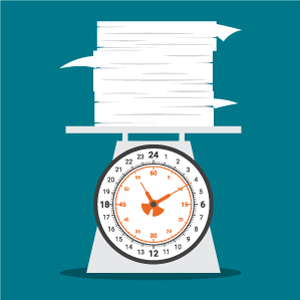Whether your customer is gearing up for a big holiday season or is preparing to simply get through that busy time and start strong in the New Year, considering creative print should be on their schedule! Trading cards might seem like a simple print piece, but they’re a great canvas for creative print, and that creativity can cut through the clutter of the busy holiday season. Here are our five top choices for using trading cards during the holidays.
1. Previews of New Products
Does your customer have new products coming in the New Year? Trading cards are a fun way to preview those products and cut through the increase in marketing during the holiday season. Include a photograph of the product and the high-level details about that product to provide a preview that packs a punch.
2. Something Different From the North Pole
Is your customer hosting a “meet Santa” event at their retail location? Consider trading cards as a fun giveaway item for kids. This is an especially good fit for stores that specialize in sports and games, but it could be a fun addition to any retail location.
For an added bit of fun, Santa can “autograph” these trading cards for the kids.
3. Fundraisers
If your customer is looking for a lightweight piece to sell for their holiday fundraisers or a fun “thank you” piece to send to donors after a successful holiday fundraiser, trading cards can be a great fit. Instead of player statistics, trading cards can also be created to highlight different aspects of a nonprofit’s mission, different nonprofit employees, and more. They could also be printed with the statistics of a nonprofit’s 2019 activities, the results of holiday fundraisers, and more.
4. Checklists
Whether creating blank wish list cards or highlighting the favorite new products that could make great holiday gifts, a trading card makes an excellent canvas for a pocket-sized checklist. Use one side of the card to highlight what store provided the checklist and the other to create the checklist itself.
5. Creative Event Tickets
Printed with artwork that matches your customer’s event décor or their branding, trading cards could be a fun, creative ticket option for their holiday event. For company events, they should consider including an employee photo for the front.
And, of course, your customers can create much more with trading cards. These small print pieces are an excellent canvas for creative employee profiles small informational pieces, and more!
Do your customers order trading cards? If they do, do they keep things traditional or get creative? We’d love to see you join the conversation in the comments below.

 We’ve talked through marketing strategies for spring and summer—now it’s time to plan for fall! As the weather gets cooler and the leaves start to change color, your marketing strategy has the chance to change, too! Fall is a great time to regroup before the busy holiday season and much more. Here are our tips for creating your autumn marketing strategy.
We’ve talked through marketing strategies for spring and summer—now it’s time to plan for fall! As the weather gets cooler and the leaves start to change color, your marketing strategy has the chance to change, too! Fall is a great time to regroup before the busy holiday season and much more. Here are our tips for creating your autumn marketing strategy.